Renaissance painting - Authors and works
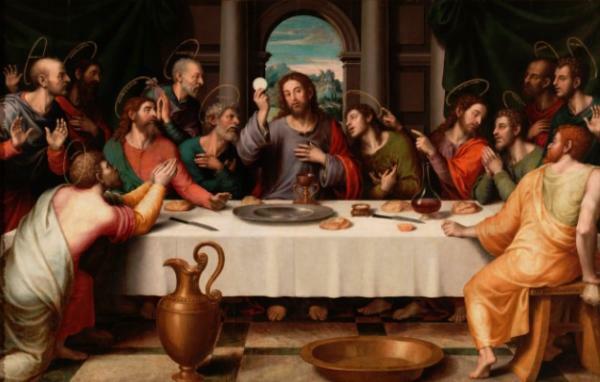
The roots of Renaissance pictorial art you have to look for them in Giotto in the 12th century and wait until the 15th century for the painting to evoke us to antiquity, to master perspective and to observe nature. Next, in this lesson from a TEACHER we will try to show you a small list about the authors and works of the renaissance painting highlighting those who were most important, among which the Italian artists who were the ones who influenced the rest of the European artists will always stand out.
Index
- Leonardo da Vinci - The Mona Lisa
- Michelangelo Buonarroti and his frescoes in the Sistine Chapel
- Raphael of Sanzio and his paintings the Vatican Rooms
- Titian - Danae receiving the golden shower
- Sandro Boticelli - Birth of Venus
- El Greco - The Burial of the Count of Orgaz
Leonardo da Vinci - The Mona Lisa.
We start with the authors and works of the renaissance painting speaking of Leonardo da Vinci who is undoubtedly one of the most important and complete artists of the
Italian Cinquecento Well, apart from being an extraordinary painter, he also stood out for his architectural skills, sculptural, anatomist, botanical, scientific, engineering, philosophical, inventive, musical, poetic, and writers.In painting, one of his main concerns was the technique to be used on his canvases, being the creator of the "sfumatto" technique which consisted of fusing white with the rest of the chromatic range, blurring the contours of the figure, making them indefinable with the background of the painting.
Among his most important works we highlight the Virgin of the Rocks, the Sacrament and its famous Gioconda, which he always had with him until his death, from there it became part of the royal collection of France and can currently be seen in the Louvre Museum.
In this other lesson we will discover the main characteristics of Renaissance painting.
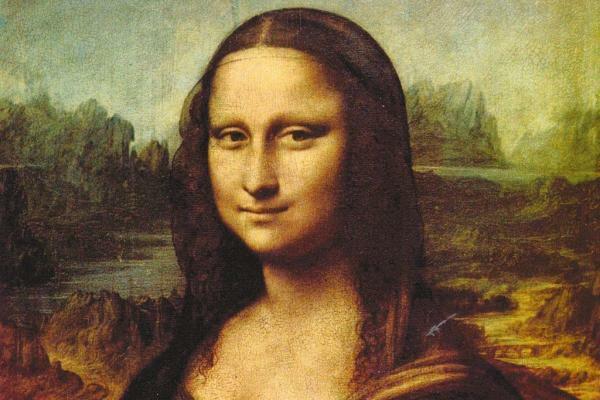
Miguel Ángel Buonarroti and his frescoes in the Sistine Chapel.
Michelangelo was another of the great artists of the Italian Renaissance and of art history in general as he excelled in the three artistic areas, architecture, sculpture and painting.
In painting, which is the subject that concerns us, Ghirlandaio and Giotto were the great inspirers of him, and although his great vocation was sculptural when painting His figures will be characterized above all by his great vigor and strength in the volume of the musculature closely resembling the sculptures of him that he made.
Among his most important works, the frescoes made for the Sistine Chapel vault and some of the best known scenes of him such as the Creation of Adam, he also made for the front of the Chapel another of his most famous frescoes, the representation of the Final judgment.
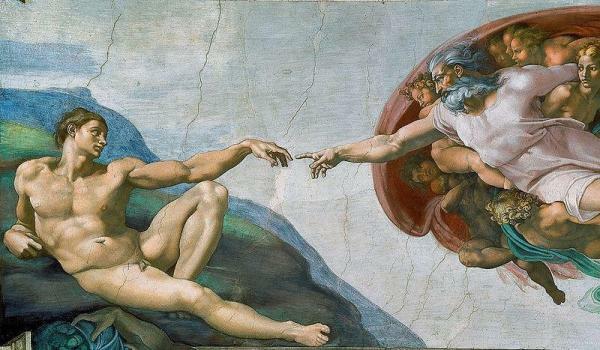
Raphael of Sanzio and his paintings the Vatican Rooms.
Another of the authors and works of the renaissance painting is Raphael of Sanzio who, together with the other two previous artists, close one of the most important stages of the Renaissance known as the Italian Cinquecento.
It is known for its famous madonnas, which had a great acceptance by the faithful, due to its great simplicity and sensitivity, among the most important are the Madonna of the Grand Duca and the Madonna of Saint Sixtus.
Considered a 25-year-old child prodigy, he receives the first commission from Pope Julius II to who painted the rooms of the Vatican, among which the room where he is represented the Borgo fire, in which the anatomy of the figures can be perfectly observed, as well as the expressiveness of their emotions.
In another of the rooms, the room of the Signature, the School of Athens, which is an allegory of philosophy and it is curious because it is represented by large masters of the Italian Renaissance such as Bramante, Perugino, Donatello, Michelangelo, Leonardo... among others.
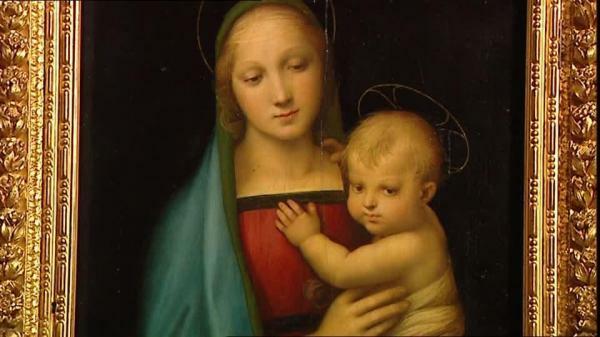
Image: Framepool AG
Titian - Danae receiving the golden shower.
Titian was another Italian painter and the greatest exponent of the Venetian School. From Giorgione another of the artists who was part of the Venetian School will take the landscape, almost reaching the impressionist techniques.
He worked on various themes, the portrait, like the one he did for Charles V on horseback in Mühlberg, landscapes, religious-themed paintings and mythological scenes among which his Danae receiving the golden shower interpreting the female nude with great sensuality.
His work in general can be summed up to a good use of very bright and bright color, treated with loose brushstrokes, but with great delicacy. One of the main protectors of him was the Duke of Ferrara for whom he made another of his best known works, Bacchus and Ariadna.
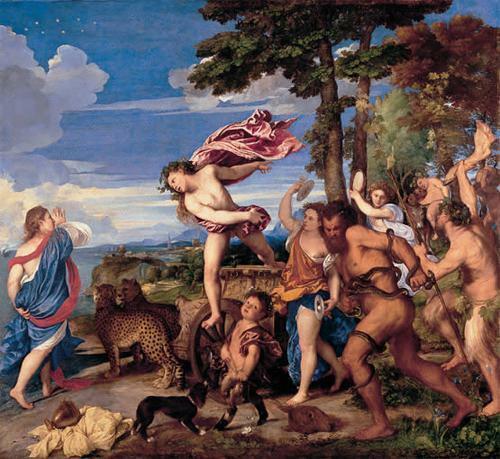
Sandro Boticelli - Birth of Venus.
Sandro Boticelli is a Florentine painter belonging to the Italian quattrocento. He was a great draftsman who stood out for expressing great sentimentality in his works, and also for a grace and delicacy filling his style with great elegance.
Although his early works focused on religious themes, among which we have to highlight the Adoration to the Magi, the most famous paintings by this author are those on mythological themes, such as the Birth of venus, that next to Spring They are his great masterpieces, both are exhibited in the Uffizi Gallery in Florence.
He also made frescoes for the Sistine Chapel commissioned on this occasion by Pope Sixtus IV and he participated in various works for the Medici family specifically for the town of Lorenzo el Magnificent.

El Greco - The Burial of the Count of Orgaz.
El Greco is one of the maximum exponents of Renaissance painting in Spain. His style was characterized among other things by using a range of cold colors and representing figures that lack corporeal reality, as they are very elongated.
You will take some influences from the Venetian painters Tintoretto and Titian after your stay in the city. It will be in Toledo, in the last stage of his life, where he will carry out one of his great works, the Burial of the Count of Orgaz, which is found specifically in the church of Santo Tomé. In the painting basically what is narrated is a miracle produced in the fourteenth century where the Count of Orgaz is buried by the hands of Saint Augustine and Saint Stephen due to his good works.
Do not let your talent when it comes to taking portraits, since many members of the aristocracy were those who asked to be portrayed by him, among them we highlight The gentleman with his hand on his chest and the portrait of Cardinal Don Fernando Niño de Guevara.
In this other lesson from a TEACHER we offer you a summary of the Renaissance in Spain.

If you want to read more articles similar to Renaissance painting - Authors and works, we recommend that you enter our category of Story.



